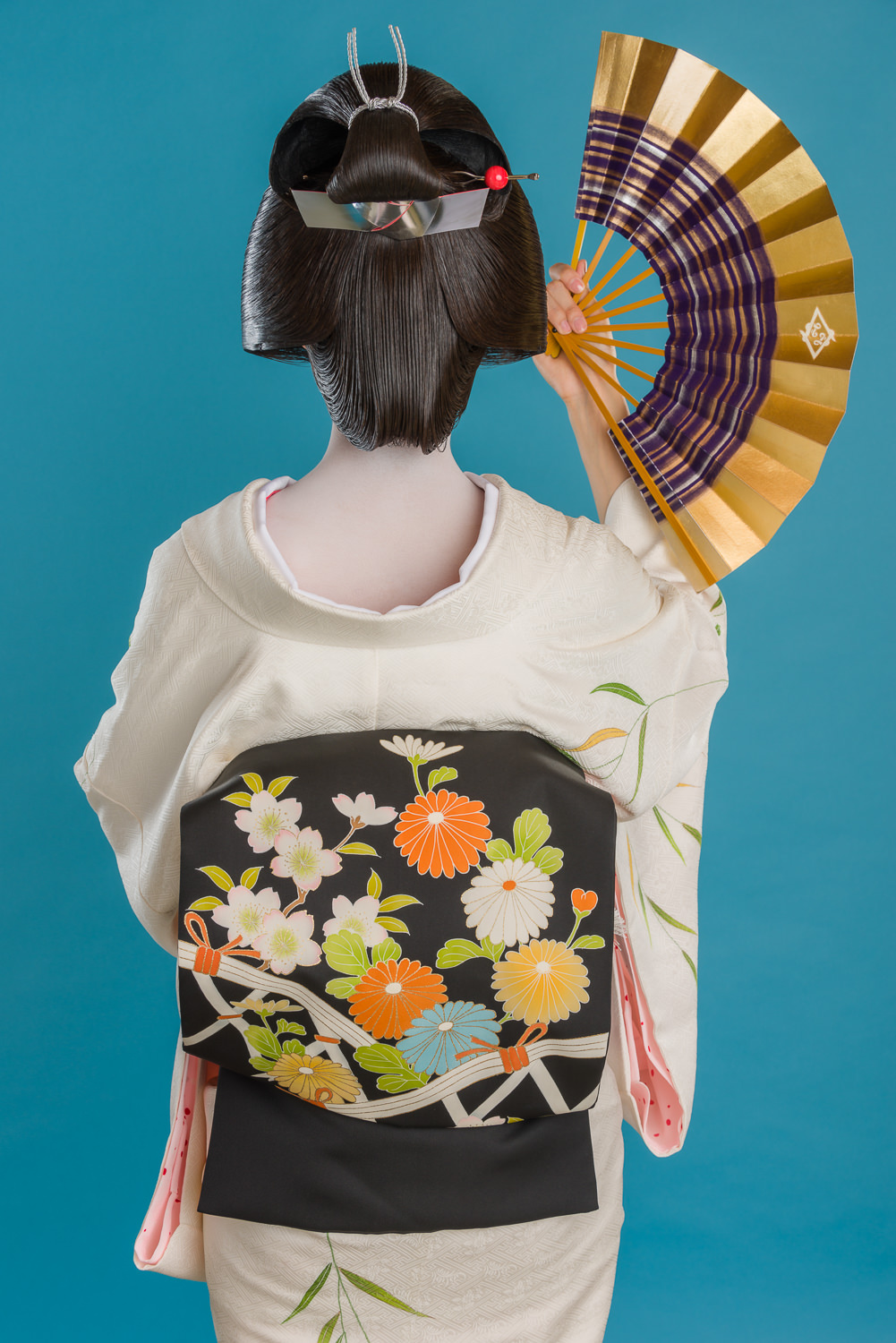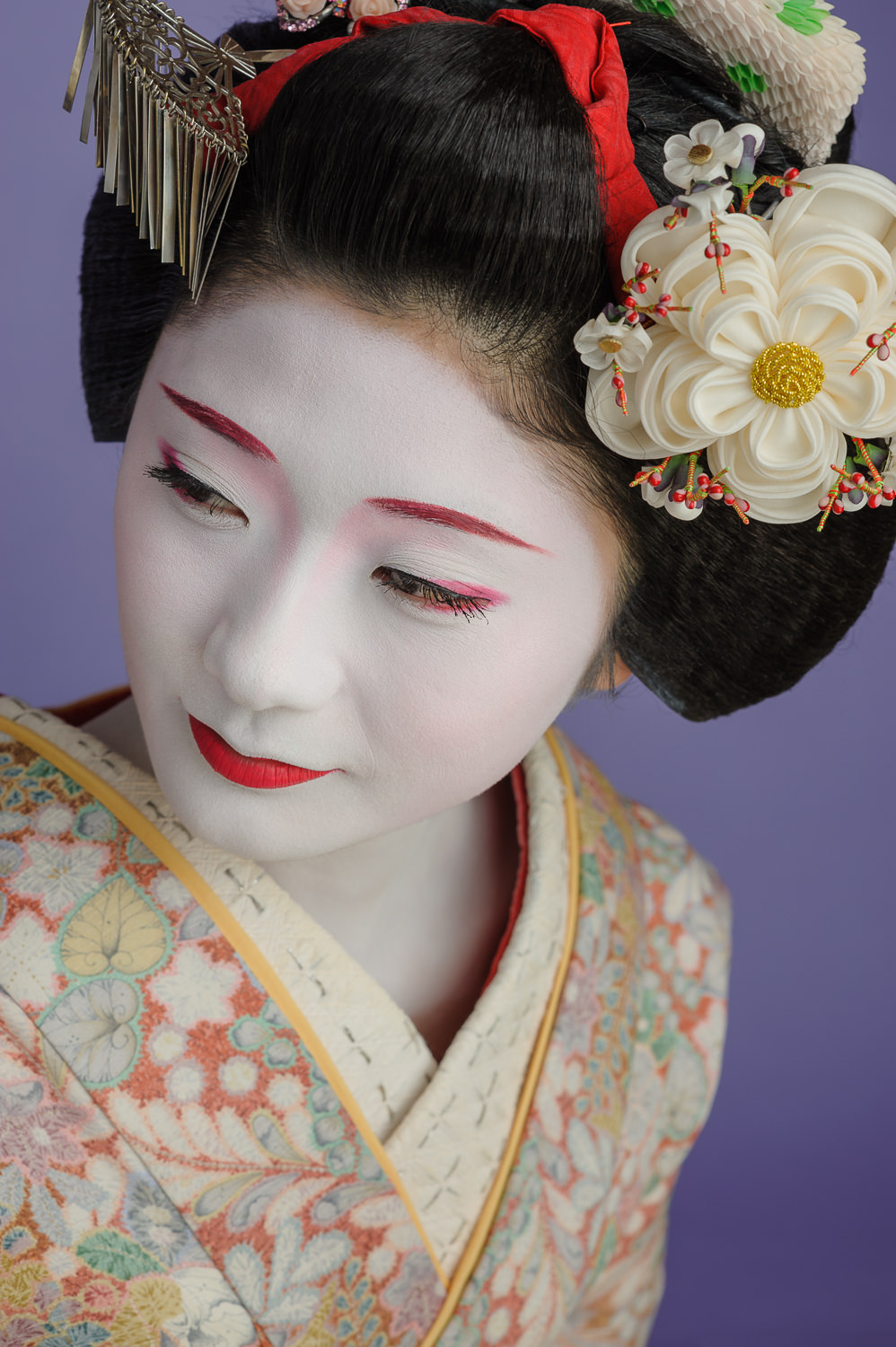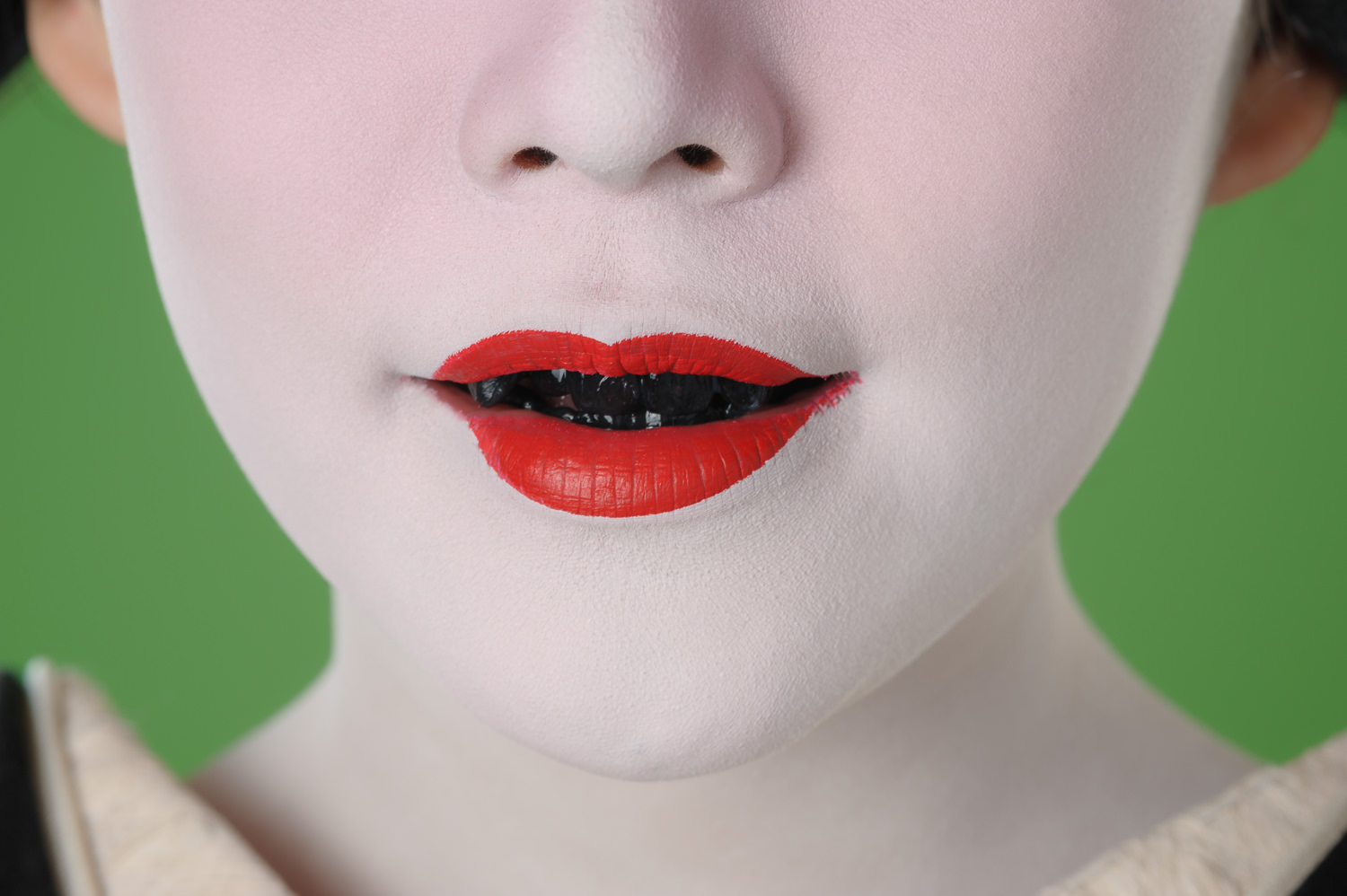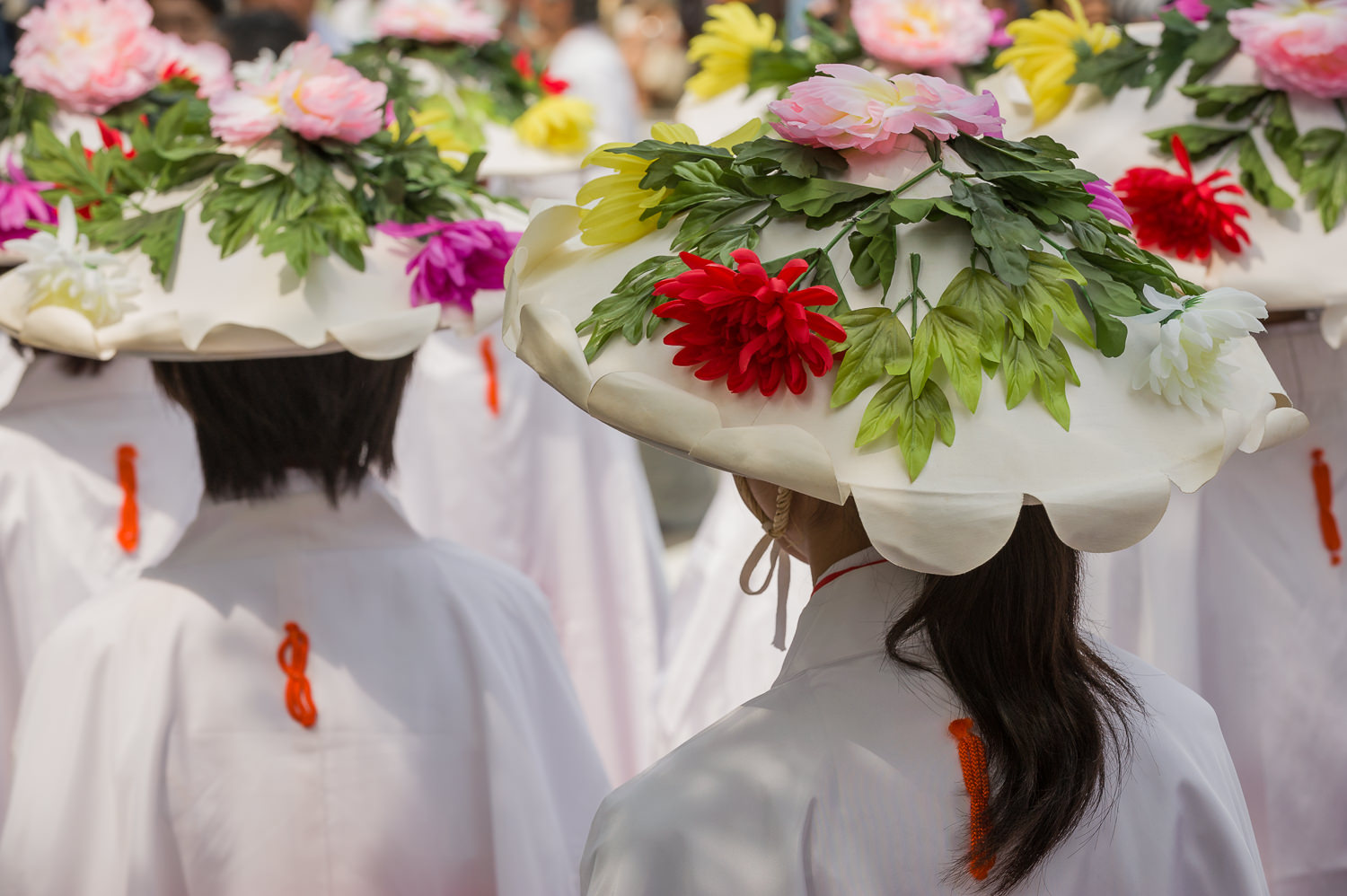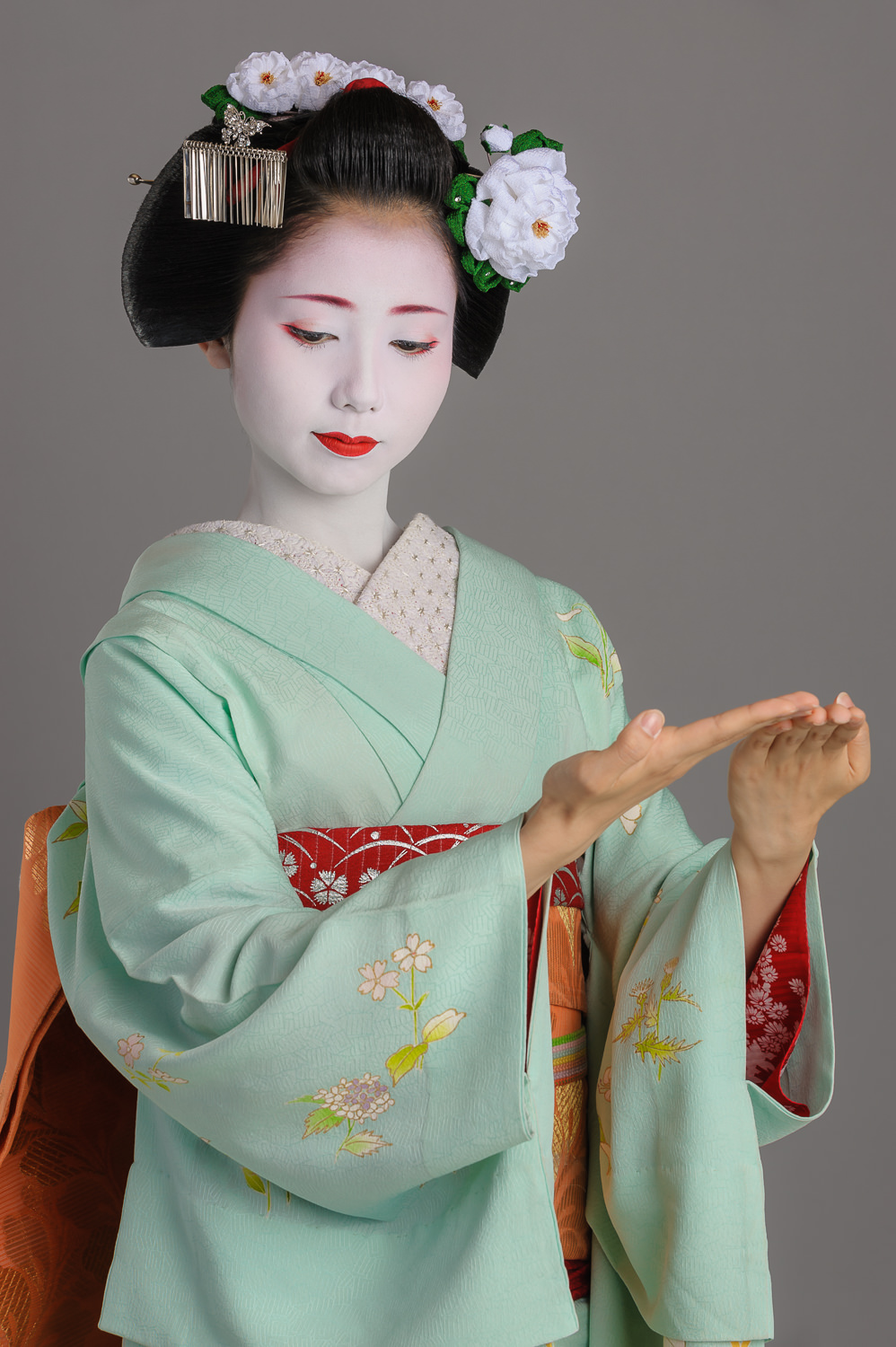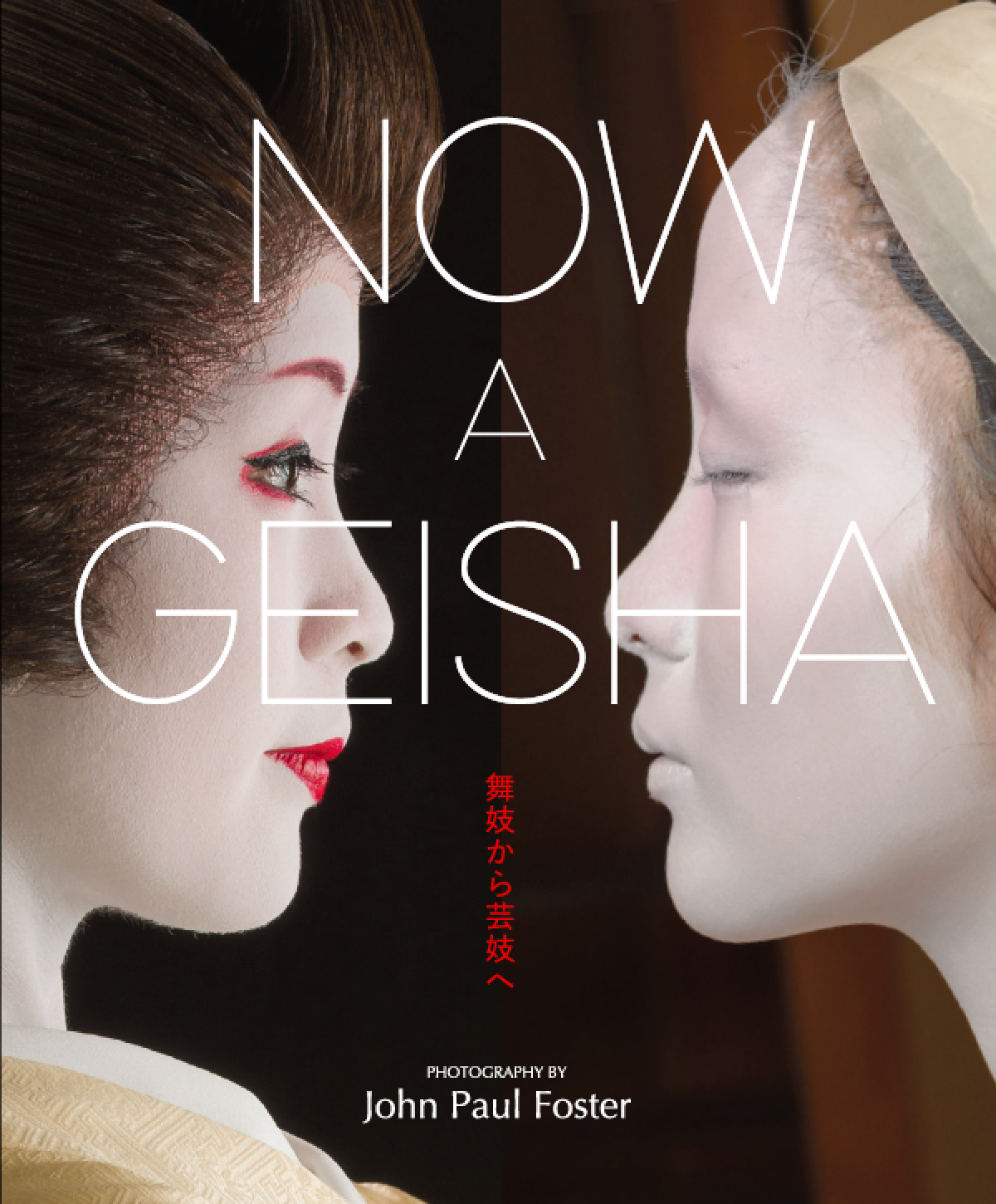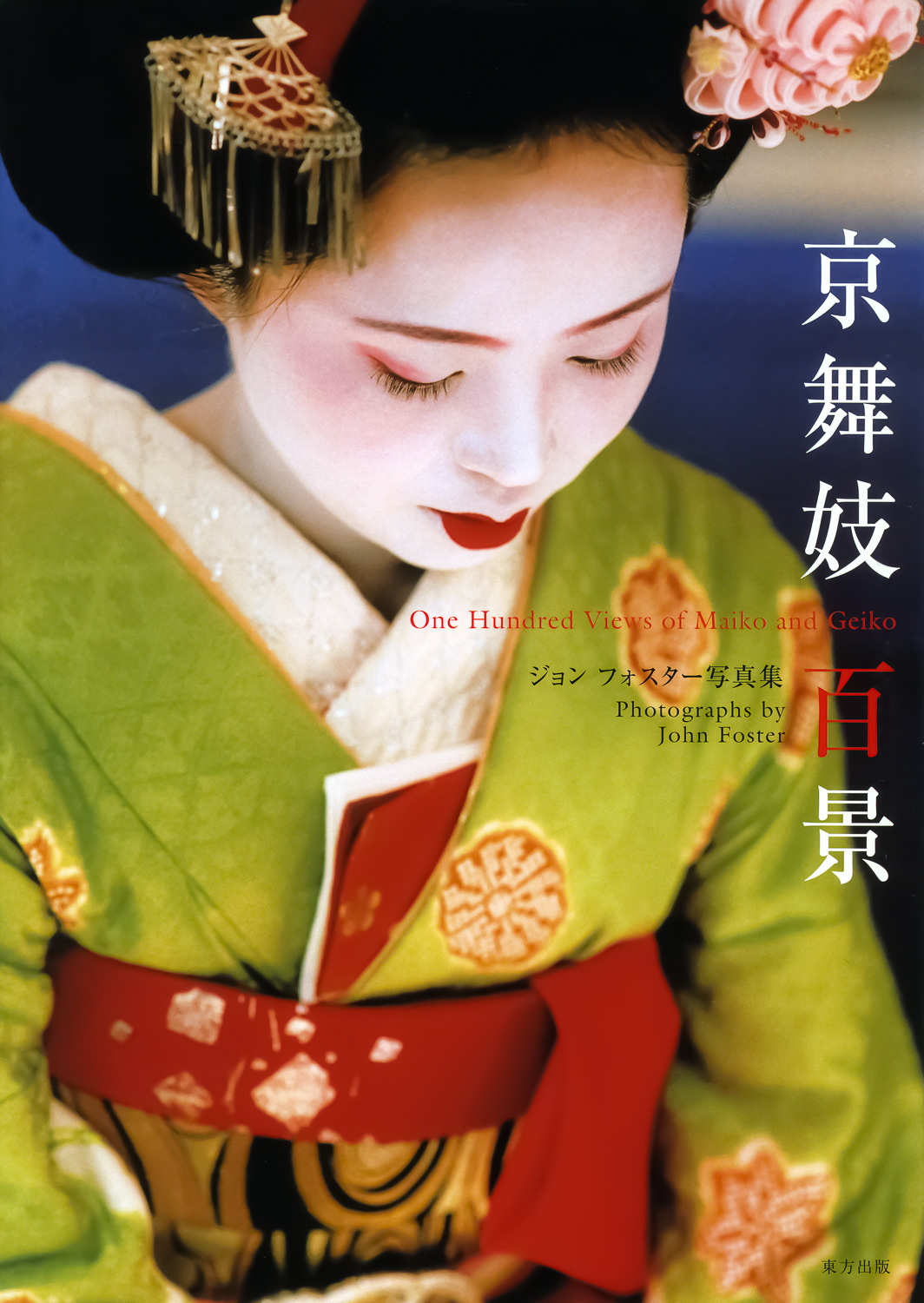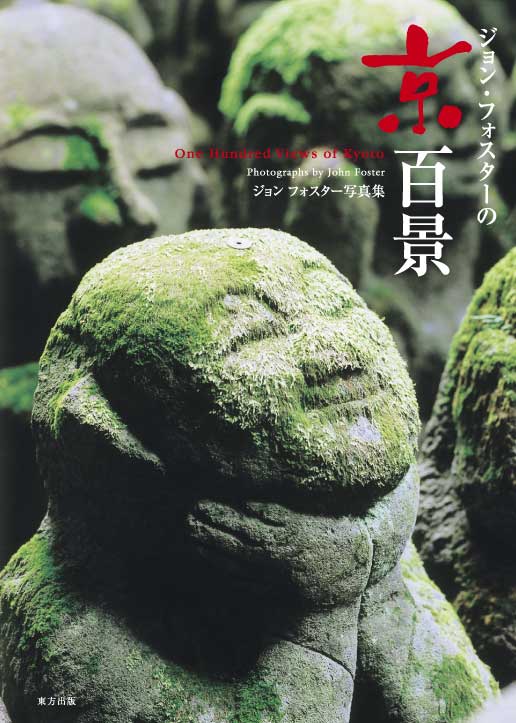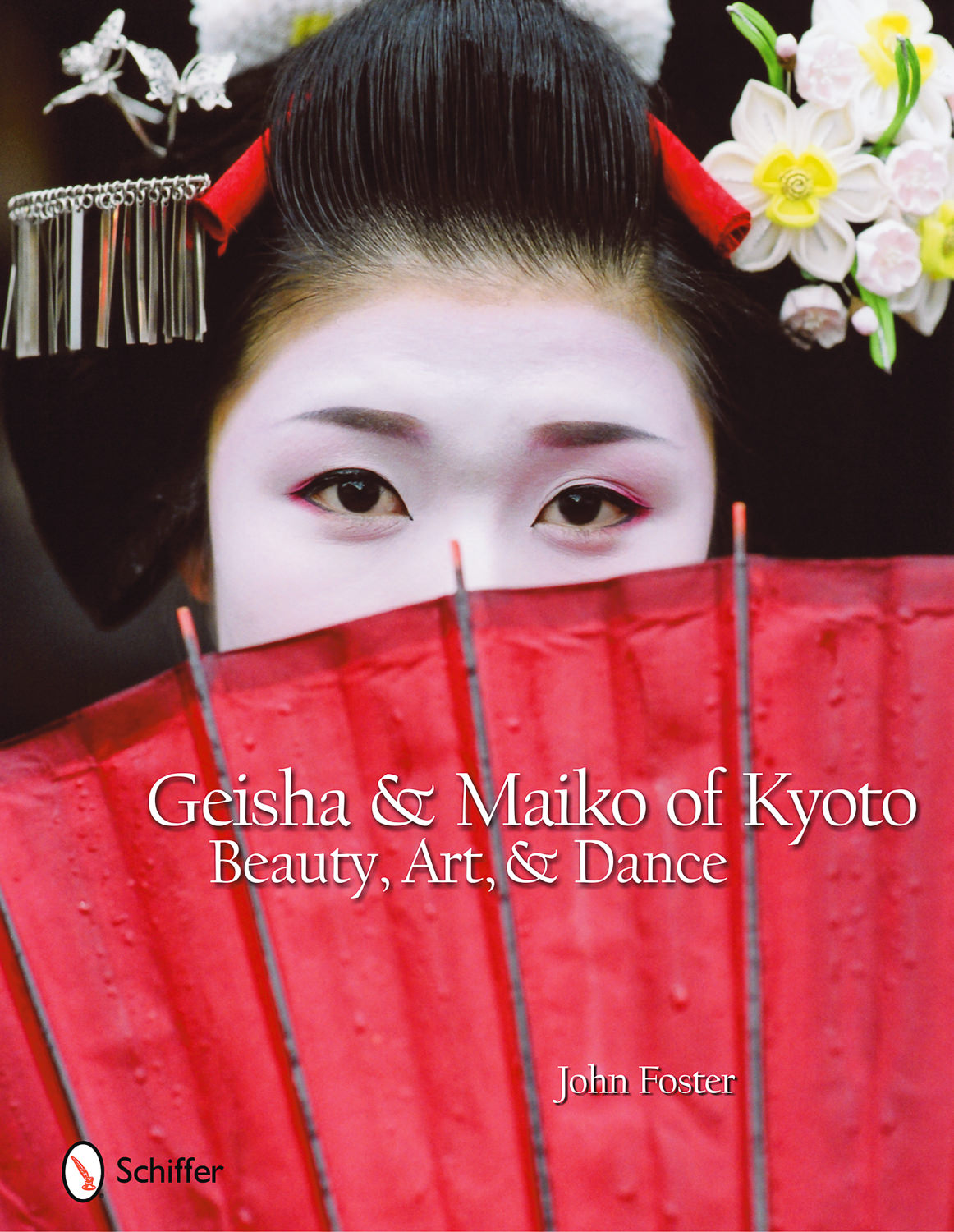
.01
INTRO
Most of my photography can be divided into images of the Floating World and images of the Sorrowful World.
Both terms come from the Japanese word ukiyo, the Floating World. The more commonly known meaning of ukiyo refers to the world of fleeting pleasures found in the entertainment districts of Edo Period Japan, the most famous being the Yoshiwara in Tokyo. The denizens of these “nightless cities,” tayū, oiran, geisha, and kabuki actors, were often portrayed in ukiyo-e, pictures of the Floating World.
The Floating World
I have been captivated by kabuki, ukiyo-e, and other aspects of Japanese culture since I first encountered them in college, where I majored in religion with a focus in Japanese Buddhism.
Although “licensed districts” like the Yoshiwara no longer exist in modern Japan, there are still five geisha districts or hanamachi in Kyoto.
The hanamachi are tiny worlds of traditional culture almost untouched by time, and geiko (the term for geisha in Kyoto) and maiko (apprentice geiko) continue to dance and entertain at parties in teahouses as they have for more than a hundred years.
I did not discover geisha and maiko until 2002, when I moved to a city just outside of Kyoto, but I have been photographing them ever since and both my photography of them and relationships with them have evolved greatly over the past seventeen years. Read More
.02
WORK
TAYU
Tayū are the most mysterious and misunderstood female figures in Japanese culture. Their golden age occurred more than 300 years ago, when tayū and kabuki actors were the idols of the time. Kikugawa Tayū is one of a handful of tayū in Kyoto today... Read More
geiKO
Geiko (the term for geisha in Kyoto) translates as "woman of art," and many in Japan consider them to be the embodiment of traditional culture.
Geiko wear a special katsura (a wig of human hair), and their appearance is more subdued than that of an apprentice maiko's. A geiko relies on her artistic skill, not her accoutrements. When she dances, the audience should be mesmerized by the adroitness of her movements, not the colors of her kimono and hair ornaments... Read More
maiko
"Being a maiko is a training period in order to become a geiko," the geiko Momifuku told me. Most maiko or "women of dance" spend five years as apprentices, and their appearance and actions differ from the more mature geiko.
A maiko's natural hair is styled, and it is filled with colorful kanzashi (hair ornaments). Her job is to brighten the atmosphere of any gathering she attends with childlike laughter and enthusiasm. With the vivid colors of her kimono, long darari no obi (sash), and dazzling kanzashi, a maiko literally glitters when she walks.
... Read More
Beauty
After a decade of photographing geiko and maiko, I was getting restless. What I considered the Holy Grail continued to elude me: photographing a geiko or maiko inside her okiya, the house where she lived, either during her debut or simply putting on her makeup and kimono. I had asked to photograph inside an okiya many times, and the answer was always no.... Read More
Colors of jAPAN
Kyoto is the ancient capital of Japan, the heart of traditional Japanese culture, and my home for the past six years. I have been photographing my adopted city since 2002, and this portfolio includes mostly images made after my book One Hundred Views of Kyoto was published in 2008... Read More
“Foster is one person who knows more about maiko and geiko than just about anyone.”
MUSIC AND DANCE
Miyako Odori in Gion Kobu and Kyo Odori in Miyagawa-cho are two of the most famous geisha dances in Japan, with thousands flocking to Kyoto every April to see geiko perform them amidst the cherry blossoms. Photography is not permitted during the performances, but I have had the rare opportunity to photograph the two dances several times... Read More
.03
BOOKS
NOW A GEISHA (2017)
Now a Geisha is my fourth and newest book. It focuses on the traditions and events surrounding the debut of a three new geiko (Kyoto’s term for geisha). By showing all the stages in the evolution from maiko to geiko, Now a Geisha gives readers unprecedented insight into how these women become Japan’s most mysterious icons.
One Hundred Views of Maiko and Geiko (2006)
One Hundred Views of Maiko and Geiko is a collection of images of geisha and maiko on the streets of Kyoto both during the day and into the night. Now out of print, the book has become one of Toho Publishing's all-time bestsellers, selling 5,000 copies over four editions.
One Hundred Views of Kyoto (2008)
One Hundred Views of Kyoto is a very personal view of Kyoto’s festivals, lesser-known temples and shrines, Buddhist statues, and hidden alleys.
Geisha & Maiko of Kyoto: Beauty, Art, & Dance (2009)
Geisha & Maiko of Kyoto: Beauty, Art, & Dance is my third book, and it focuses on four geisha and maiko and their dance performances, including Miyako Odori and Kyo Odori.


